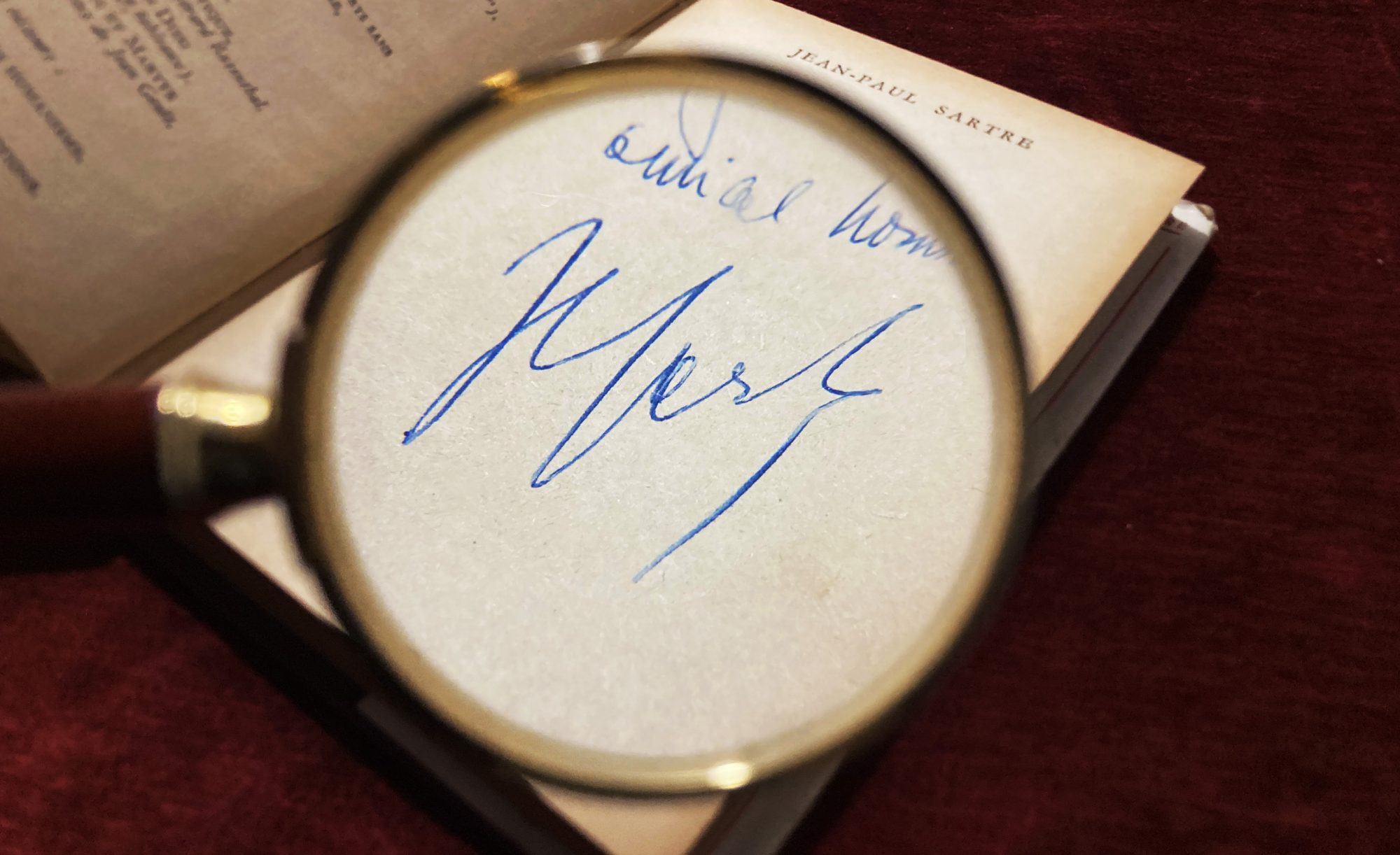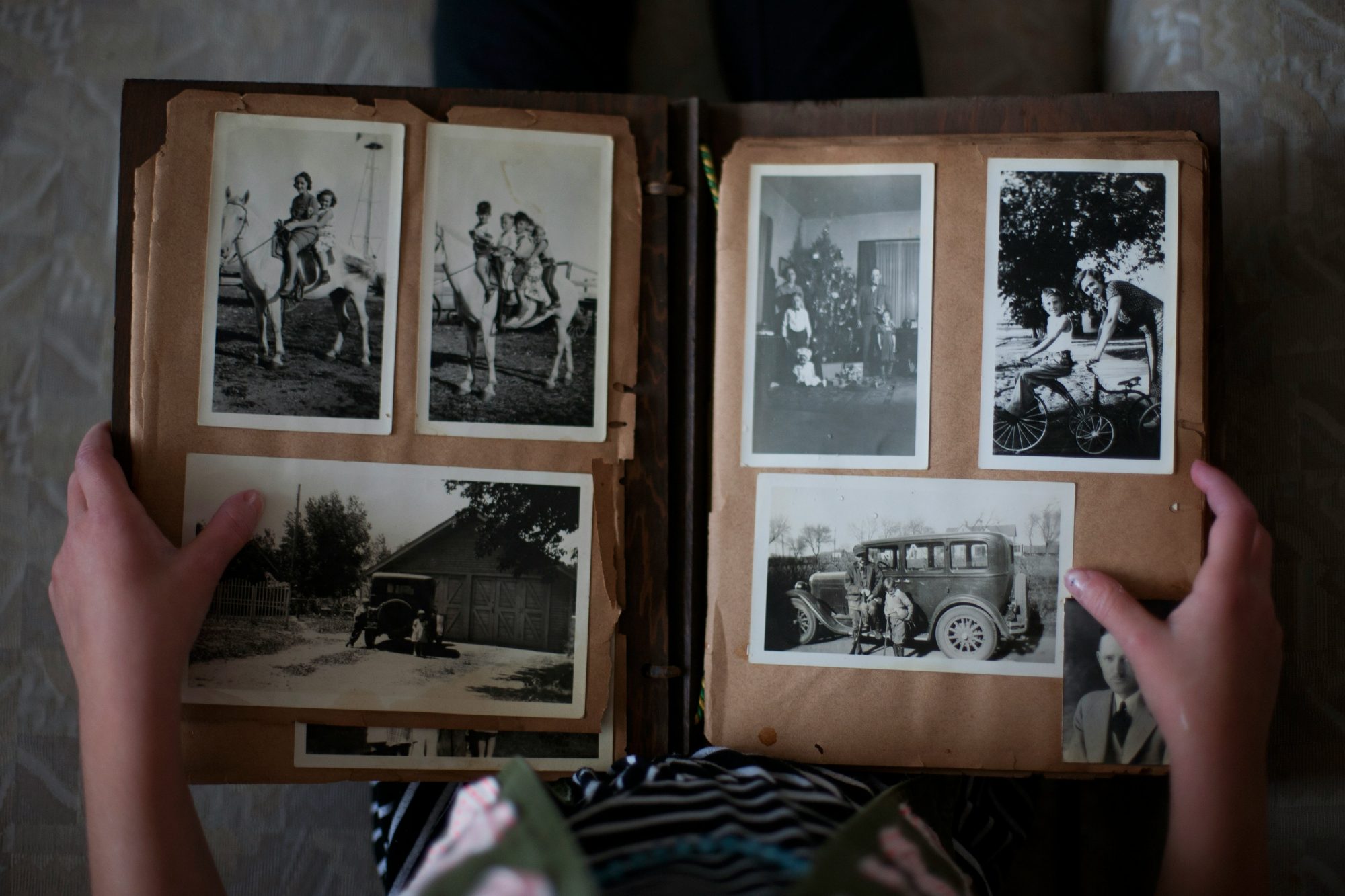Booklovers’ Guide to Moscow I
The first in our series of booklovers’ guide articles starts with Moscow and the treasures hidden in its museums. I’ll do my best to try and give you a few tips on what not to miss out on in case the road ever takes you to the capital of the Russian Federation.
Firstly, if you’re not fluent in Russian (as I am not), please take your time to learn the basics of the language, because very few people speak English. Learning Cyrillic script is very easy and quite useful. In case you are a fellow speaker of any Slavic language, knowing Cyrillic script should be enough for basic communication and finding your way around the city. In my previous article on Moscow, I wrote about Ismailovo, a must-see for anyone hunting for antiques.
This out of our way, we can start talking about the important things. Today we are going to take a quick look at Moscow’s museums. In case you are interested in book shopping, there are a few places we can recommend. More on that topic in our next article.

The Moscow State National museum, view from the Red Square.
Russian State Library
Little known is the fact that the Russian State Library (Российская государственная библиотека) is the third or the fourth largest library in the world. Depending on the sources you look up, it comes right after The Library of Congress and The British Library. It even has its own metro station called Lenin’s Library (Библиотека имени Ленина), and it is very hard to miss.
While Dostoevsky’s monument “guards” the knowledge and the books in front of the 19th-century library, the entrance is guarded by state police. A short note to first-time travelers – Russian authorities take culture very seriously. So, don’t be shocked if you are required to go through a metal detector while entering any museum or any institution in general.
Entering through the main entrance, the spirit of the October revolution can be felt in all its pomposity. Marbled halls adorned with futuristic candelabras and lighting are the first thing one sees while entering. While the interior is stunning, the books are even more so. There is a floor dedicated to rare books and printing in general.
From Banned Books to National Treasure
Many things are displayed, from the first book printed in Russia, the Moscow Apostolos (Московский Апостол) by an unknown author (1564), the first book with a known author, The Ostrog Bible (Острожская Библия) by Ivan Fedorov (Иван Фёдоров) (1581) but also some very rare editions of the Brothers Karamazov (Братья Карамазовы) by Fyodor Mikhailovich Dostoyevsky (Фёдор Михайлович Достоевский).

Besides “normal” editions, so to speak, one can also witness the books hidden from Soviet censorship. There was a very interesting edition of a work of Pushkin rebound in a more contemporary paper binding with the title page replaced so it matched the title on the binding. Come to think of it, it’s a very ingenious method of hiding the real titles of books. The museum also exhibits a very interesting section with the tools of the book printing trade. There’s all from cliches to very old needles used for engraving from the Moscow Printing house and other places.

Make no mistake, the museum does not limit itself to books printed in Russian. One can also find some rare jewels of European history. For example, some extremely rare and valuable books such as Ptolemy’s Cosmographia and the Gutenberg Bible.
Moscow State Historical Museum
Our next destination is the Moscow State Historical Museum (Государственный Исторический музей) located on the Red Square. The museum holds a gigantic amount of archaeological digs and relics from the Imperial period. However, book lovers might find the most interest in the Early Middle Ages to the end of the Enlightenment sections.
The Russian Orthodox Church and the state were intertwined on a more political level. This was the case all from its funding (1448), and de facto recognition by the Constantinople Patriarchate in 1589, until the 1762 secularization of the state by Peter III. During this period most of the books printed were, in nature, religious.
Beauty of Bookbinding
As was the European tradition, books were very richly adorned. This goes for both those used for service as well as those printed for household use by wealthy noblemen. From silver and gold bindings to precious stones encrusted in the bindings, the craftsmanship of bookbinders and goldsmiths of the period remains unsurpassed.


The tradition of adorning books in a very luxurious manner stuck to some degree in the Russian tradition. So, even later, imperial era books were very appealing to the eye. It’s a bit hard to describe, so I must suggest spending at least half a day in the museum to appreciate the skill of the bookbinders.
The Kremlin Museum
The third destination is also on the Red Square – the Kremlin Museum (Московский Кремль). For the full experience, I would suggest taking a whole day for the visit and marking it on your schedule because it’s huge. Imagine if the most important historical findings were concentrated in one place the size of Pluto – that’s the Kremlin Museum. Arguably, the surface of Russia is approximately the size of Pluto.
Now back to the matter at hand. The museum is in the same complex of buildings as the home of the president of the Russian Federation, so don’t let the very strict security measures surprise you. Once inside the building complex, there is a lot to explore. From the section dedicated to the Proto-Slavic folk to early Slavic states exhibits of the Imperial Russian era.

As well as exhibits from all over the world.
While for us book lovers there is a large number of manuscripts as well as printed books to be seen inside the museum. Very beautiful adorned bindings that were passed from ruler to ruler and kept in the best of conditions. Commissioned by Tzars and Emperors, these relics are there for everyone to see.

A few items from the study of Catherine the Great.
Saved by the brave souls from the Napoleonic wars and the great fire of Moscow in 1812, the hands of Soviet censorship, and finally from the Bombing of Moscow in 1941, these books truly withstand the test of time, and if this is not a reason enough to see them, I don’t know what it is.
The booklover’s guide will continue in the following article.
Stay tuned!














